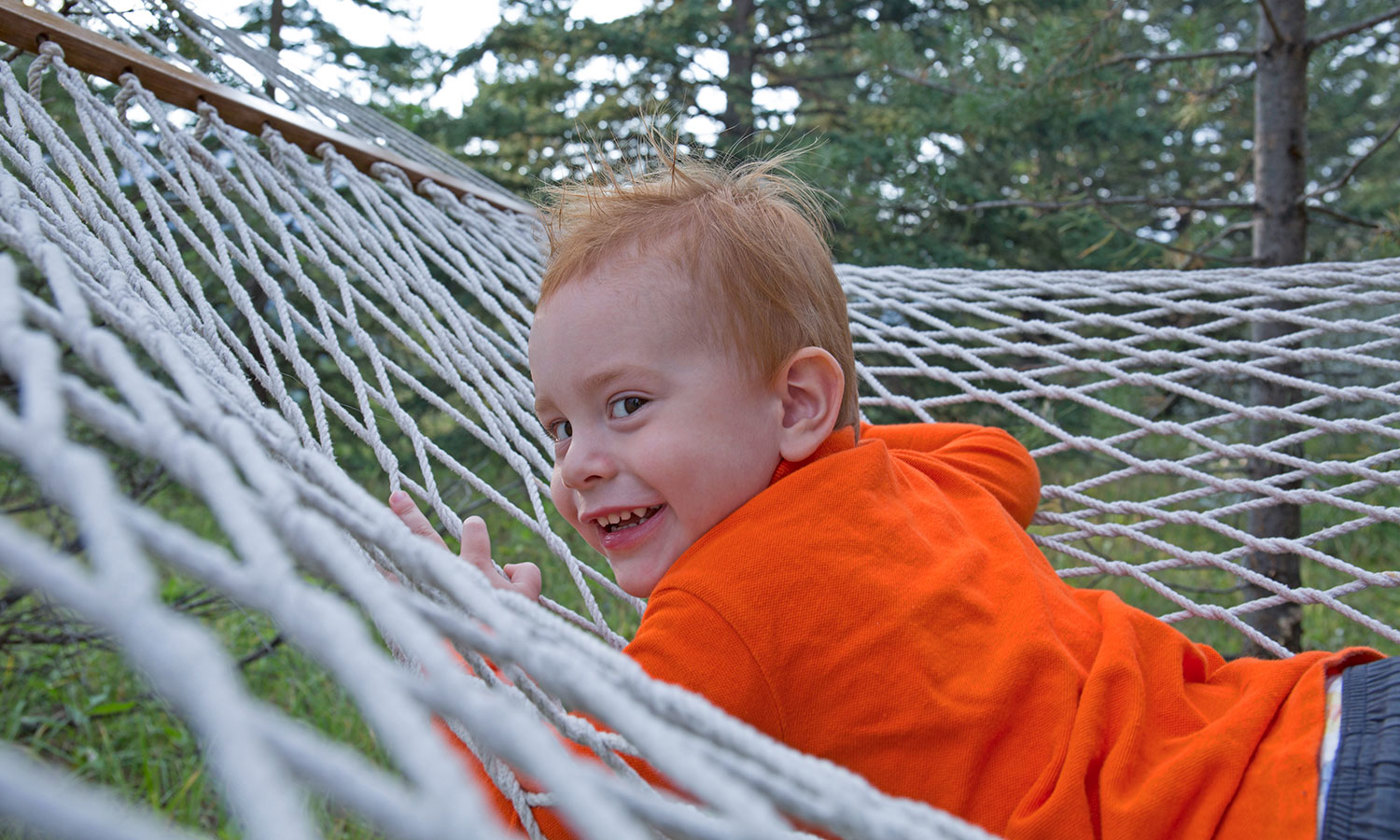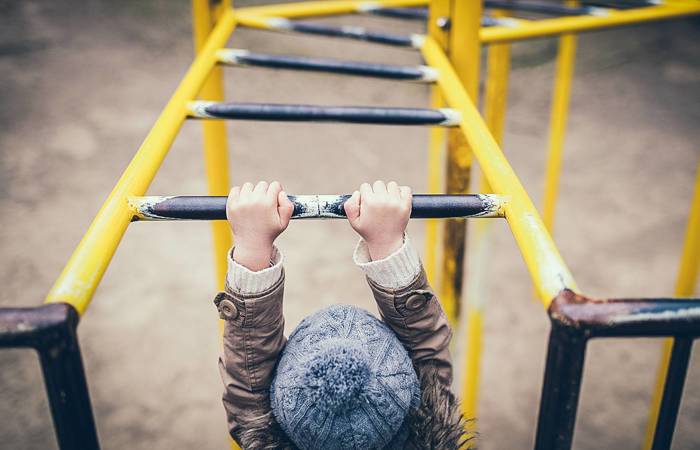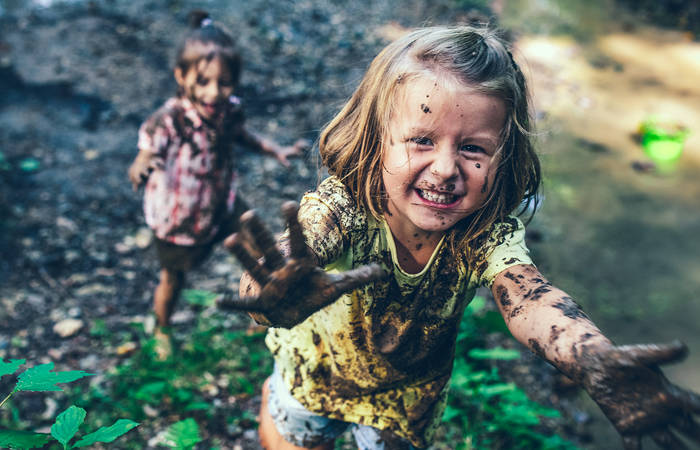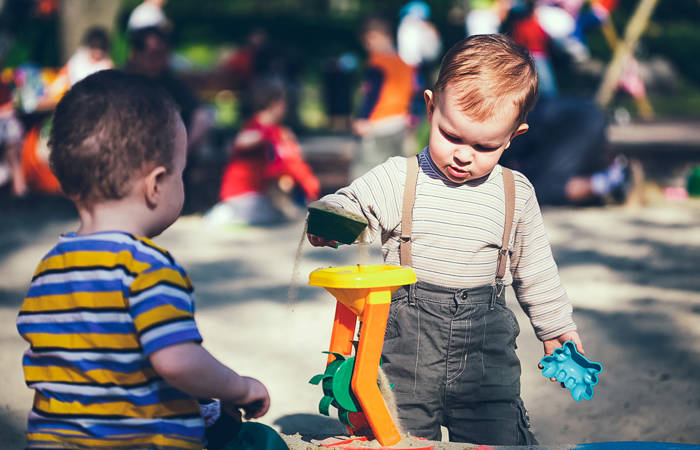Like what you see?
Sign up to receive more free parenting advice.
Thank you for subscribing to our newsletter!
Early Learning

Credit: iStock.com/AscentXmedia
Your child is climbing just a bit higher that you’re comfortable with; running a bit too close to the edge of the water than you’d like; or maybe that stick they’re holding while they run past you is a bit bigger than you think it should be.
Often our instincts will scream at us to get involved and stop our children from engaging in risky behaviours.
But with the benefits of risky play to our child’s development being well documented, it is useful to understand how our own anxieties and even our child’s developmental stage and abilities can affect the opportunities they have for taking a risk.
Understanding appropriate risk
University of Queensland Associate Professor Alina Morawska is the Deputy Director (Research) at the Parenting and Family Support Centre.
Professor Morawska says the level of risk that is appropriate for our children is dependant on their own skills, capabilities and gross motor development, as well as the extent to which they have been exposed to risky situations before.
“For example, the ability of a child to safely jump off playground equipment varies quite tremendously between each child and it’s their ability that determines what’s safe and what they’re actually able to do,” she says.
Associate Professor Morawska uses the example of learning to cross the road to demonstrate how appropriate risk is dependent on individual children and factors including their age, cognitive ability and physical skills.
“You wouldn’t send a toddler across the road because their ability to work out what the risk is in crossing a road is simply not cognitively there, whereas with an older child that’s a skill you actually need them to learn so they work out how to safely cross the road by themselves,” she says.
“Part of assessing this risk is understanding our children’s cognitive ability and what they’re capable of doing, which is more than just the understanding that roads are dangerous places.
“For a child it is understanding that they need to look left and right and right again, but also being able to apply that knowledge and work out what’s okay and what’s not okay to do in that situation.
“I’ve seen children look both ways when they cross a road because that’s what they think we do as adults but what they weren’t aware of was that we are also processing the situation and not just going through the motions. We have the ability to understand there is a risk and we are able to appropriately assess that risk.”
Some examples of appropriate risks for children to take include using or climbing on playground equipment, climbing trees, or supervised water play.
“There are some children who are incredibly competent with their physical motor skills and can handle a lot of risky situations well and there are other children who simply wouldn’t be able to,” Associate Professor Morawska says.
“You wouldn’t tell a competent child not to engage in a particular risk, because they’re already capable of doing it and for children who look at playground equipment and to them it looks like Mount Everest, you would need to facilitate some different engagement to help develop their confidence.
“If your child is already quite competent and skilled then you need to gradually build up their level of exposure to risk and it’s a matter of being there and supporting and supervising them appropriately.
“If your child doesn’t have those skills yet or hasn’t been exposed to those situations then you can make sure they are exposed to situations that are set up for them to succeed because you really want your child to experience success because that will build their confidence.”
Encourage your child to try new things and talk them through any fears and what they can do about themDr Rachael Sharman
Stay up to date with the latest news and articles from First Five Years
Thank you for subscribing to our newsletter!
Managing parental anxiety around risky play
It is also important that parents manage their own anxieties around risky play, so this isn’t inadvertently communicated to their children.
“If a parent is concerned about what their child is doing, even if that activity is appropriate for that child, they might be showing their child that they are anxious and that this is a dangerous situation,” she says.
University of the Sunshine Coast Senior Lecturer in Psychology Dr Rachael Sharman says if parents withhold the opportunity for risky play from their children, they are withholding valuable learning opportunities.
“You are also potentially undermining their sense of autonomy and competence, which are two psychological variables that feed strongly into wellbeing,” she says.
Parents can encourage and facilitate risky play by stepping back and only getting involved if a situation is dangerous.
“Encourage your child to try new things and talk them through any fears and what they can do about them,” she says.
Parents should of course manage risks and prevent harm to their children but can also use risky situations as teaching moments.
“Everything is in context, say you’re lighting a campfire, this might be a good opportunity to talk to your children about why fires can be dangerous, allow the child to feel the heat, talk to them about how hot metal burns,” she says.
“Treat these occasions as learning experiences.”
Regardless of a parent’s comfort levels when it comes to risk, we can be assured children are highly motivated by challenges and relish opportunities to test themselves, Dr Sharman says.
It is also important to remember that older children can be taught about what risks are.
“Children under three generally have very little sense and need to be monitored. They cannot be trusted to understand even the basics of safety. But as their language and learning skills develop, they should have the opportunity to test themselves,” she says.
Supervising your children while they take risks, has many benefits. Some examples of these situations include:
- Climbing playground equipment or trees.
- Jumping off playground equipment.
- Supervised water play, that is developmentally appropriate.
- Construction, including building a cubby with branches.
- Learning to use some tools
- Being supervised near water or fire.
- Hide and seek.
- Rough and tumble games.







